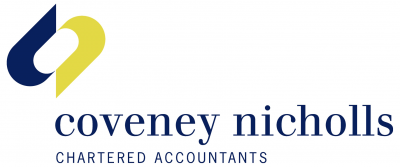Cash is king. Yet, maintaining a positive cashflow is tough when there are bills to pay and debts to settle. Knowing how to prepare a cashflow forecast will help you immensely.
While cashflow forecasting is no crystal ball able to predict every aspect of the future, it does allow you to use past data and sets of different assumptions to make predictions about the future.
With these predictions in hand, you know what you’ll need to do to maintain a positive cashflow and remain ready for any unexpected circumstances. Keep reading to find out how to prepare a cashflow forecast.
1. Decide how far out you want to plan for
Cashflow planning can cover anything from a few weeks to many months, so you should start by deciding how far ahead you can accurately predict.
If your business is already well established, you might have a predictable sales pipeline and accrual of data from previous years. If that’s the case, you can probably forecast quite far ahead.
If you’re a new business, you might be missing some of this data. Therefore, the farther you go, the less accurate your predictions will be. But you shouldn’t worry if that’s the case, as your cashflow can – and should – change over time.
2. List all your income
To prepare a cashflow forecast, you should start by listing all your income for each week or month in your cashflow forecast. Have one column for each week or month and one row for each type of income.
You should start with your sales – it’ll be your biggest source of income, after all. But remember: cashflow is able when a certain amount of money comes into your bank account so put the figures in for when you know clients will pay invoices or bank payments will clear.
Remember to include all your non-sales income, too, such as tax refund, grants, investments from shareholders or owners and royalties or licence fees.
Add up the total for each column to get your net income.
3. List all your outgoings
After having listed all sources of income, you’ve got to work out what is leaving your business and when. Again, make a list, this time of the money you’ll be spending, such as:
- rent
- salaries
- raw materials
- assets
- bank loans, fees and charges
- marketing and advertising spend
- tax bills.
Once again, add up the total of each column, this time to get your net outgoings.
4. Work out your running cashflow
For each week or month column, subtract your net outgoings from your net income. If you have money left over, you have a positive cashflow. If you’re spending more than is coming in, you have a negative cashflow.
You can then keep a running total, from week to week, or month to month, to get a picture of your cashflow over the long run. While the occasional negative week might be sustainable, you’ll need to plan to make sure you can meet all your commitments on time, like salaries, rent and loan payments.
Meanwhile, an abundance of positive months may signal you have the money to expand or invest.
In other words, however your forecast comes out, it’s an essential starting point for any business plan, be it to steady the ship or grow the business entirely.
Talk to us if you need help getting started with your cashflow forecast.

